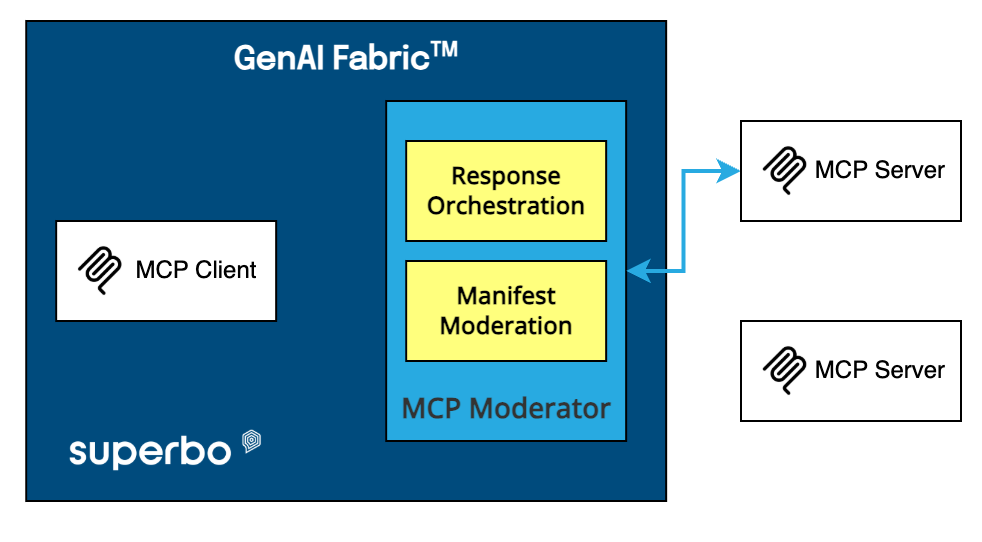Large Language Models (LLMs), such as ChatGPT, have revolutionized the AI landscape with their ability to generate human-like responses. While traditional transactional chatbots excel at handling specific tasks, integrating LLMs can significantly enhance the user experience. In this blog post, we will explore how modular chatbot applications can benefit from incorporating LLMs, transforming them into versatile and efficient tools for customer engagement.
-
The Power of Large Language Models LLMs like ChatGPT are pre-trained on vast amounts of text data, enabling them to generate contextual and coherent responses. Their advanced natural language understanding capabilities allow them to interpret complex user inputs, making them ideal for enhancing the conversational quality of chatbot interactions.
-
Enhancing User Experience in Transactional Chatbots Transactional chatbots are designed to perform specific tasks, such as processing orders or answering FAQs. While they are efficient in their scope, their interactions can sometimes feel robotic and limited. By integrating LLMs, you can improve the user experience by:
a. Providing more natural and human-like responses b. Understanding and handling a wider range of user inputs c. Offering contextual and personalized interactions d. Seamlessly handling multi-turn conversations
-
The Benefits of a Modular Approach A modular chatbot architecture allows for flexibility and scalability. By integrating LLMs, you can enhance your chatbot’s capabilities without disrupting its existing functionality. Some benefits of adopting a modular approach include:
a. Easy integration of LLMs with minimal impact on existing chatbot components b. The ability to switch between different LLMs or NLU engines as needed c. Enhanced performance through a combination of LLMs and task-specific chatbot modules d. Future-proofing your chatbot by allowing for the integration of new technologies as they emerge
-
Embracing LLMs as Complementary, Not Competitive Rather than perceiving LLMs as a threat, it’s essential to recognize their potential to complement and enhance traditional chatbot applications. By harnessing the strengths of both technologies, you can create a chatbot that offers an optimal balance of transactional efficiency and engaging, human-like interactions.
Conclusion: Integrating Large Language Models like ChatGPT into traditional transactional chatbot applications can significantly improve the user experience, leading to increased customer satisfaction and loyalty. By adopting a modular approach, you can seamlessly incorporate LLMs into your existing chatbot, unlocking new capabilities without compromising core functionality. Embrace the power of LLMs to elevate your chatbot experience and set your business apart in the increasingly competitive digital landscape.







